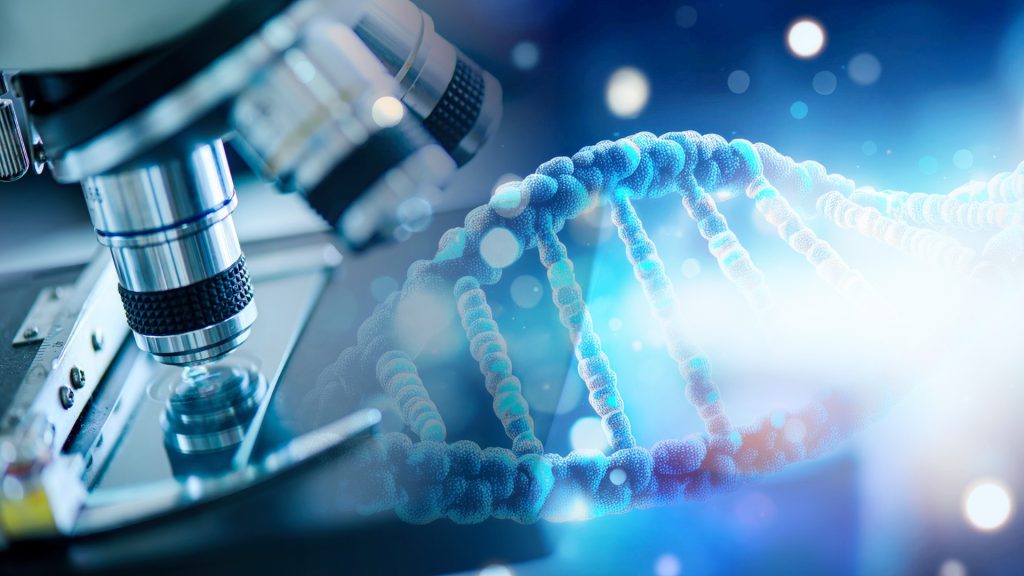An American research team has created a type of chemical bond once thought impossible to produce.
Others are reading now
An American research team has achieved what was once thought impossible: creating a type of chemical bond long deemed unachievable.
Most scientific progress builds on past discoveries, with certain established principles guiding what can—and supposedly cannot—be done. In chemistry, one such guideline is Bredt’s rule. This rule, established nearly a century ago, asserts that double bonds cannot form at the “bridgehead” position in certain two-ring molecules, making it a limiting factor in drug development.
But now, a team of chemists has managed to defy this rule.
The rule originates from German chemist Julius Bredt’s observations in 1924.
Also read
Bredt noted that double bonds at the bridgehead position created unstable structures in small, two-ring molecules. He theorized that the small ring systems couldn’t physically accommodate the bond’s shape without forcing the molecule into an unstable 3D structure.
However, scientists have since formed double bonds in larger ring systems where stability can be maintained, yet smaller ring structures still followed Bredt’s predictions, staying unstable.
In a breakthrough, researchers at the University of California have now created molecules they call “ABOs” (anti-Bredt olefins), which successfully challenge Bredt’s rule. They achieved this by introducing fluorine into silyl(pseudo)halide molecules. Initially, the ABOs were unstable, but by adding specific stabilizing chemicals, the researchers trapped the unstable molecules, securing the complex 3D structure of the ABOs.
The team produced a series of stable double carbon bonds within the ABOs, a feat that could unlock new possibilities in drug discovery.
Their work, published in the journal Science, suggests that ABOs could soon play a significant role in developing new treatments and medicines.








